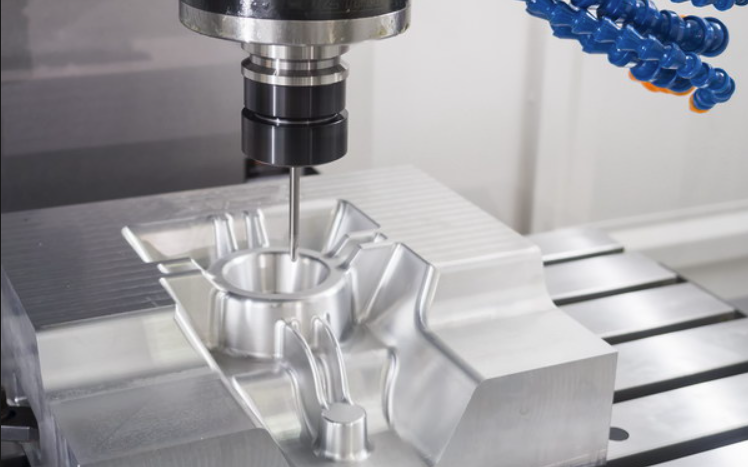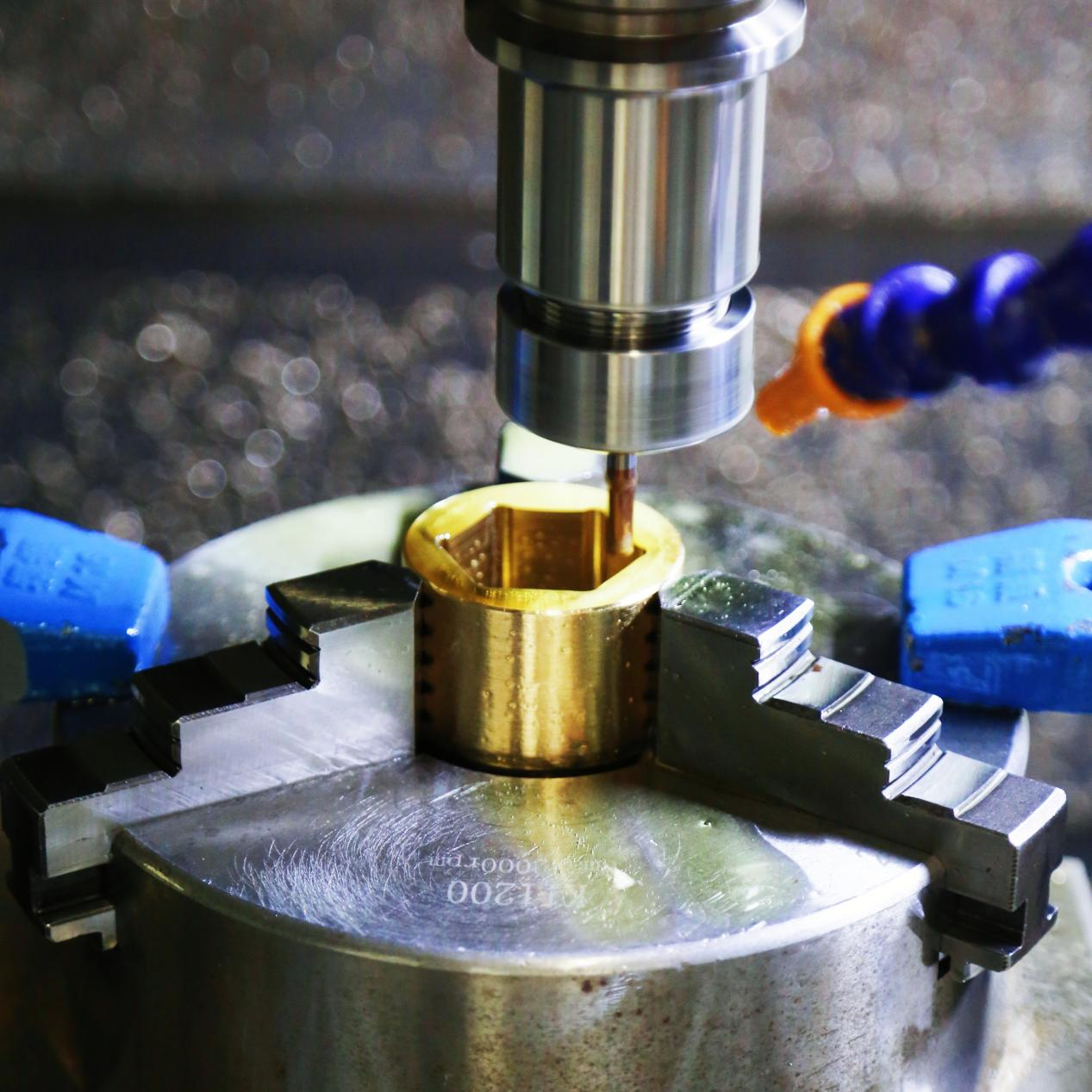
1.The Evolution of CNC Machining Technology
CNC machining has transformed traditional manufacturing by integrating automation, CAD/CAM software, and multi-axis capabilities. Modern CNC machine tools—such as 5-axis CNC mills and Swiss-style lathes—enable complex geometries and tight tolerances (down to ±0.001 inches). Innovations like real-time monitoring and IoT-enabled CNC systems further enhance productivity, reducing lead times for high-volume production.

2. Key Applications Across Industries
Aerospace & Defense: CNC-machined aluminum and titanium parts meet stringent safety standards for aircraft engines and structural components.
Automotive: CNC turning and milling produce high-performance engine blocks, transmission systems, and custom prototypes.
Medical: Surgical instruments and implants require biocompatible materials like stainless steel and PEEK, machined with sub-micron precision.
Energy: Turbine blades and drilling components benefit from CNC machining’s ability to handle heat-resistant alloys.
3. Material Selection in CNC Machining
Material versatility is a hallmark of CNC processes. Commonly machined materials include:
Metals: Aluminum (lightweight), stainless steel (corrosion-resistant), brass (electrical conductivity).
Plastics: Delrin (low friction), nylon (wear-resistant), and Ultem (high-temperature stability).
Composites: Carbon fiber-reinforced polymers (CFRP) for aerospace applications.
Advanced tooling and coolant systems optimize surface finish and tool life, even for hardened materials like Inconel.
4. Cost-Effective Strategies for CNC Production
To maximize ROI, manufacturers adopt:
Design for Manufacturability (DFM): Simplifying part geometry to reduce machining time.
High-Speed Machining (HSM): Faster spindle speeds for shorter cycle times.
Batch Production: Leveraging CNC’s repeatability for bulk orders.
Prototyping Services: Rapid CNC prototyping accelerates product development.
5. Sustainability in CNC Operations
Modern CNC workshops prioritize eco-friendly practices:
Recycling metal chips and coolant fluids.
Energy-efficient CNC machines with regenerative drives.
Digital twin simulations to minimize material waste.
6. Choosing a CNC Machining Partner
When selecting a CNC machining service provider, evaluate:
Certifications (ISO 9001, AS9100).
Capabilities (multi-axis CNC, EDM machining).
Quality control systems (CMM inspection, GD&T standards).
Conclusion
CNC machining remains indispensable in achieving precision, scalability, and innovation across industries. By embracing technologies like AI-driven toolpath optimization and hybrid additive-subtractive manufacturing, businesses can unlock new possibilities. Whether for prototyping or mass production, CNC solutions continue to redefine the boundaries of modern manufacturing.